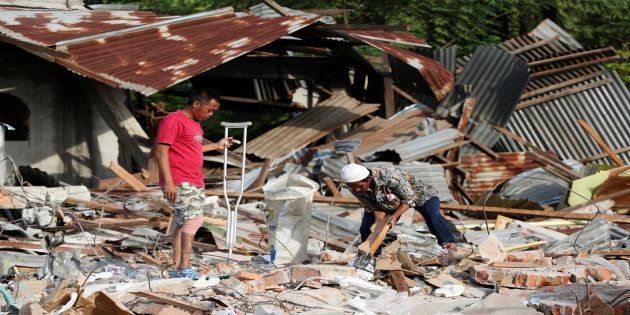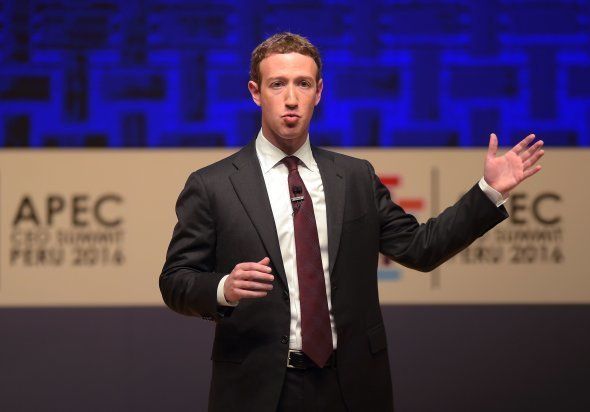
In December 2015, Chennai was hit by a bad storm. Many areas in the city were flooded and many people stranded. To cope with the situation, some Twitter users started a hashtag called #ChennaiRains and began disseminating information and directing help to areas where it was needed the most.
People also started creating websites and making spreadsheets to help convey helpful information to others. Soon Twitter joined the cause officially and began to orchestrate the whole campaign. Later, it also posted a blog showing how the flow of help was streaming through the social network.
This wasn't the first time that Twitter had participated in a disaster management exercise. The micro-blogging site had helped with relief efforts during the Kashmir floods and the Nepal earthquake as well.
"We now have a list of people who are ready to contribute during any emergency situation," explained Raheel Khurshid, who is leading the news section on Twitter for South East Asia. "These people have a good reach to give out information to the people who need it the most. We also collaborate with media houses and government organisations so that the best help can be provided."
After the Kashmir floods, Twitter created a case study and turned communications during a natural calamity into a more structured process. Besides volunteers, it now reaches out to government organisations, NGOs, and corporate partners during emergency situations.
"I saw tweets where people were asking for help. Then I saw some where people were offering (help). I noticed these were not connected. I started putting them togather," said Sandhya Ramesh, a science writer and a volunteer on Twitter during the Chennai floods.
She added that her role was primarily to pass accurate information." I requested on Twitter for people who had the ability to make phone calls, and several offered. So I passed on aid requests and offers to them, made sure all offers were valid, and then connected the necessary people," Ramesh said.
Besides Twitter, other social networks such as WhatsApp have also proved to be of great help during natural disasters. Many WhatsApp groups were formed to convey messages during the Chennai floods. While voice calls were failing and physical movement was not possible in many areas, the Internet was still working and WhatsApp messaging service came to the rescue.
"We knew that sitting in our houses we couldn't do much but there were people who were out there to help," said Shreyasi Ghosh who was in a WhatsApp group. "So, we formed a WhatsApp group to reach out to our contacts and give out information to volunteers who were helping the ones stuck in difficult places."
WhatsApp groups continued to play a role even after the floods had receded, helping bring life back to normal in Chennai.
Iain Stewart, a geologist and a professor at Plymouth university who specialises in earthquake science, also stresses upon the importance of communications in the event of a natural calamity.
"A lot of people in the world are now equipped with phones," he says. "Some of them are smartphones. So even in a crisis situation, we can convey messages. We haven't quite yet grasped the potential of social media communication."
But during the calamity, there is a need for drawing a line as well. Leaking wrong or even sensitive information during a crisis can lead to panic among people.
"During Nepal earthquake we were fearing that the event would take place in west Nepal," Stewart recalls. "Scientists around the world were saying that the big one is yet to come. And people started texting me that they were really scared."
"We have to verify the information and then let it out on Twitter so that there is no panic," Khursheed said.
In 2014, Facebook introduced the safety check-in feature worldwide which has really caught on with users. The social network activates the feature during a natural or man-made calamity such as an earthquake or a mass-shooting and people living in that area can mark themselves safe, letting their friends and family know that they are all right. If you are in the affected area, after 'Checking in safe' you can also invite nearby contacts to post their status.

Facebook's 'Safety check' algorithm searches news wires and checks if enough people are talking about an event. If a situation passes the emergency criterion, an invitation goes to people nearby to mark themselves safe.
The company also plans to utilise drones in the future to provide Internet access to people in disaster struck areas.
Google, tech behemoth and the world's biggest online search company, also has a disaster response team. In the event of a large-scale emergency, Google sets up a special portal that makes available all the information, live stream of tweets, videos, resources and more at one place. Google also releases a special version of Google Maps to create a visual representation of the affected areas.
The social media phenomenon has saved many lives in the recent past during large-scale or smaller calamities. There is plenty of scope to enhance social media and the larger online world's crucially supportive role in disaster management across the globe.